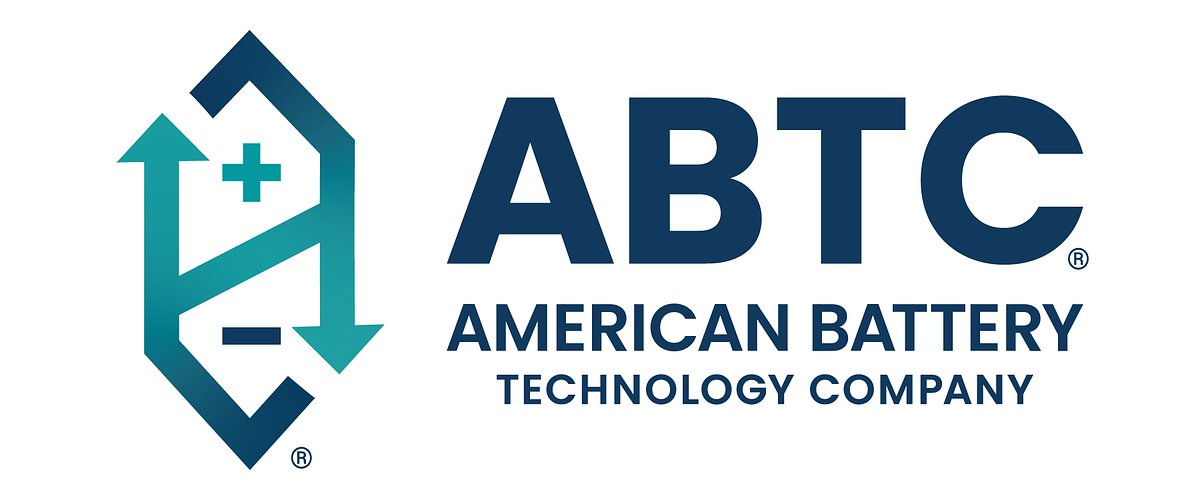
From Fire to Future: Battery Recycling Firm Tackles Massive California Cleanup
A Nevada-based company is leading the charge in tackling a monumental lithium-ion battery cleanup following a major fire at a California energy storage facility. Can this project unlock a sustainable future for battery waste?
From Fire to Future: Battery Recycling Firm Tackles Massive California Cleanup
RENO, NV – American Battery Technology Company (ABAT) is spearheading a complex and critical operation: the cleanup and recycling of approximately 100,000 damaged lithium-ion battery modules following a significant fire at a battery energy storage system (BESS) facility in Northern California. While the exact location remains undisclosed due to ongoing investigations, the scale of the incident has thrust ABAT into the spotlight, highlighting both the growing risks associated with large-scale energy storage and the vital need for robust battery recycling infrastructure.
This isn’t just a cleanup; it’s a test case for a rapidly evolving industry. The incident, coupled with an increasing number of BESS deployments globally, underscores the need for more effective safety protocols and a circular economy approach to battery waste. “The frequency of these incidents is definitely on the rise,” says an industry analyst familiar with BESS safety standards. “We’re seeing more systems deployed, and with that comes a higher probability of failures and fires.”
A Complex Cleanup Operation
Cleaning up a damaged BESS is far more complex than dealing with conventional fires. Lithium-ion batteries, even when damaged, can retain significant energy and pose a risk of thermal runaway—a self-heating process that can reignite fires or cause explosions. ABAT, which has received approval from the Environmental Protection Agency (EPA) to handle the hazardous waste under the Superfund program, is employing specialized techniques to safely dismantle, transport, and recycle the damaged modules.
“The biggest challenge is ensuring safety throughout the entire process,” explains a source close to the cleanup operation. “You’re dealing with potentially unstable materials, and you need to minimize the risk of further incidents.” ABAT’s technology involves neutralizing the remaining energy in the batteries and recovering valuable materials like lithium, cobalt, and nickel—essential components for new batteries and other applications.
The Growing Problem of Battery Waste
The California incident is not an isolated event. As electric vehicles (EVs) and energy storage systems become more prevalent, the volume of spent lithium-ion batteries is expected to surge dramatically. According to BloombergNEF, the global battery recycling market could reach $9.8 billion by 2025. However, the current recycling infrastructure is insufficient to handle the anticipated influx of waste. Many batteries end up in landfills, where they can leach harmful chemicals into the environment.
“We're at a critical juncture,” says an environmental advocate specializing in battery waste management. “If we don’t invest in robust recycling infrastructure, we’re going to create a massive environmental problem.”
ABAT’s Circular Economy Vision
ABAT is positioning itself as a leader in the emerging battery recycling industry, with a focus on building a truly circular economy for battery materials. The company’s technology aims to recover a higher percentage of valuable materials than traditional recycling methods, reducing the need for mining new resources.
“Our goal is to create a closed-loop system where battery materials are recycled and reused indefinitely,” states a company representative. “We see this as not just an environmental imperative but also a significant economic opportunity.”
The company is investing heavily in research and development to improve its recycling processes and expand its capacity. It’s also exploring partnerships with battery manufacturers and EV companies to create a more sustainable supply chain.
Challenges and Opportunities
Despite the potential benefits, battery recycling faces several challenges. One of the biggest hurdles is the complexity of battery chemistry. Different batteries use different materials and designs, making it difficult to develop a one-size-fits-all recycling solution. Another challenge is the cost of recycling. Traditional recycling methods can be expensive, and it’s often cheaper to dispose of batteries in landfills.
However, these challenges are also creating opportunities for innovation. Companies like ABAT are developing new technologies to improve recycling efficiency and reduce costs. Governments are also implementing policies to encourage battery recycling, such as extended producer responsibility schemes, which hold battery manufacturers accountable for the end-of-life management of their products.
Looking Ahead
The California cleanup is a stark reminder of the risks associated with large-scale energy storage and the importance of battery safety. It’s also a showcase for the potential of battery recycling to create a more sustainable future. As the demand for batteries continues to grow, companies like ABAT will play a critical role in ensuring that these materials are responsibly managed and reused.
The success of this operation and the wider adoption of circular economy principles in the battery industry will require collaboration between governments, industry, and researchers. By investing in innovation, infrastructure, and policy, we can unlock the full potential of battery recycling and create a more sustainable energy future.
“This is not just about cleaning up a mess; it's about building a resilient and sustainable energy system for the future,” concludes a source involved in the cleanup. “It's a complex challenge, but one we must address if we want to achieve a truly circular economy.”
📝 This article is still being updated
Are you a relevant expert who could contribute your opinion or insights to this article? We'd love to hear from you. We will give you full credit for your contribution.
Contribute Your Expertise →